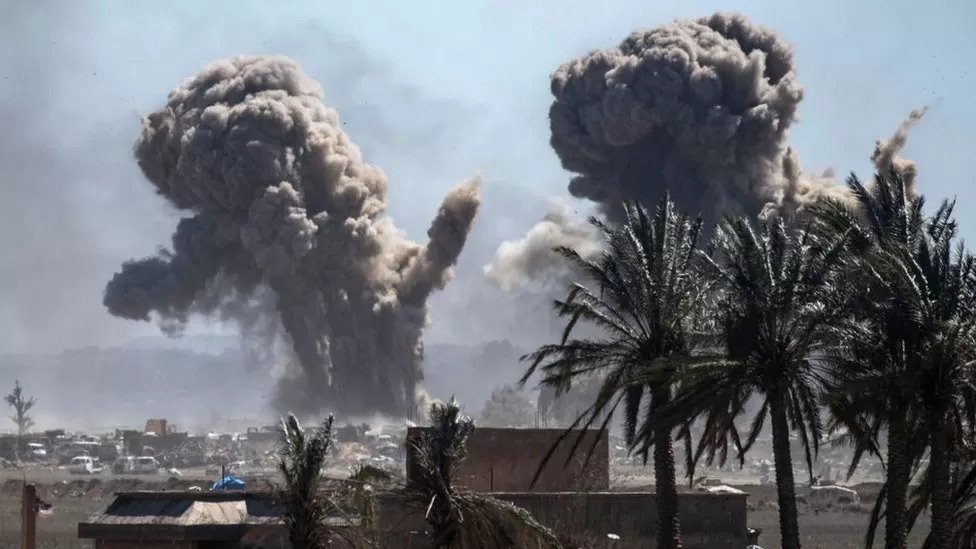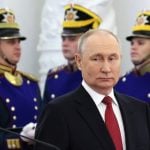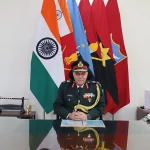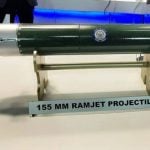The Syrian defense ministry reported a tragic incident on Wednesday, revealing that 36 individuals lost their lives and over 50 others sustained injuries as a result of Israeli air strikes on the city of Palmyra, known for its ancient ruins. In a statement, the ministry indicated that the aerial assault originated from the Al-Tanf area, targeting various buildings within the city.
However, the Syrian Observatory for Human Rights, a United Kingdom-based war monitoring organization, provided an even higher death toll, estimating that as many as 61 people may have died in the strikes. It stated that among the dead, 33 were Syrian nationals affiliated with Iranian militias, while 22 were non-Syrians, including four members of Hezbollah and two whose nationalities remain unknown. The observatory also noted that the death toll could rise further as many of the injured were in critical condition.
This incident marks one of the deadliest attacks in Syria since a renewed wave of violence erupted between Iran-backed Hezbollah and Israel on September 23. Israel has maintained a policy of not providing commentary on specific strikes but has consistently expressed its determination to prevent any expansion of Iranian influence within the country’s borders.
In response to the attacks, the Syrian Ministry of Foreign Affairs denounced what it called “the brutal Israeli aggression against the city of Palmyra,” framing it as part of ongoing violence perpetrated by Zionist forces against nations in the region.
Palmyra, designated as a UNESCO World Heritage Site, has a complicated history, having been captured and extensively looted by Islamic State militants during the height of the Syrian civil war. Despite the recent air strikes, Nazir Awad, the director general of Antiquities and Museums in Syria, reported that the city’s ancient temples appeared to have escaped direct damage. He emphasized the need for a ground survey to confirm the extent of any impact on historical sites.
As tensions continue in the region, the situation remains critical, with local populations caught in the crossfire of geopolitical conflicts.













